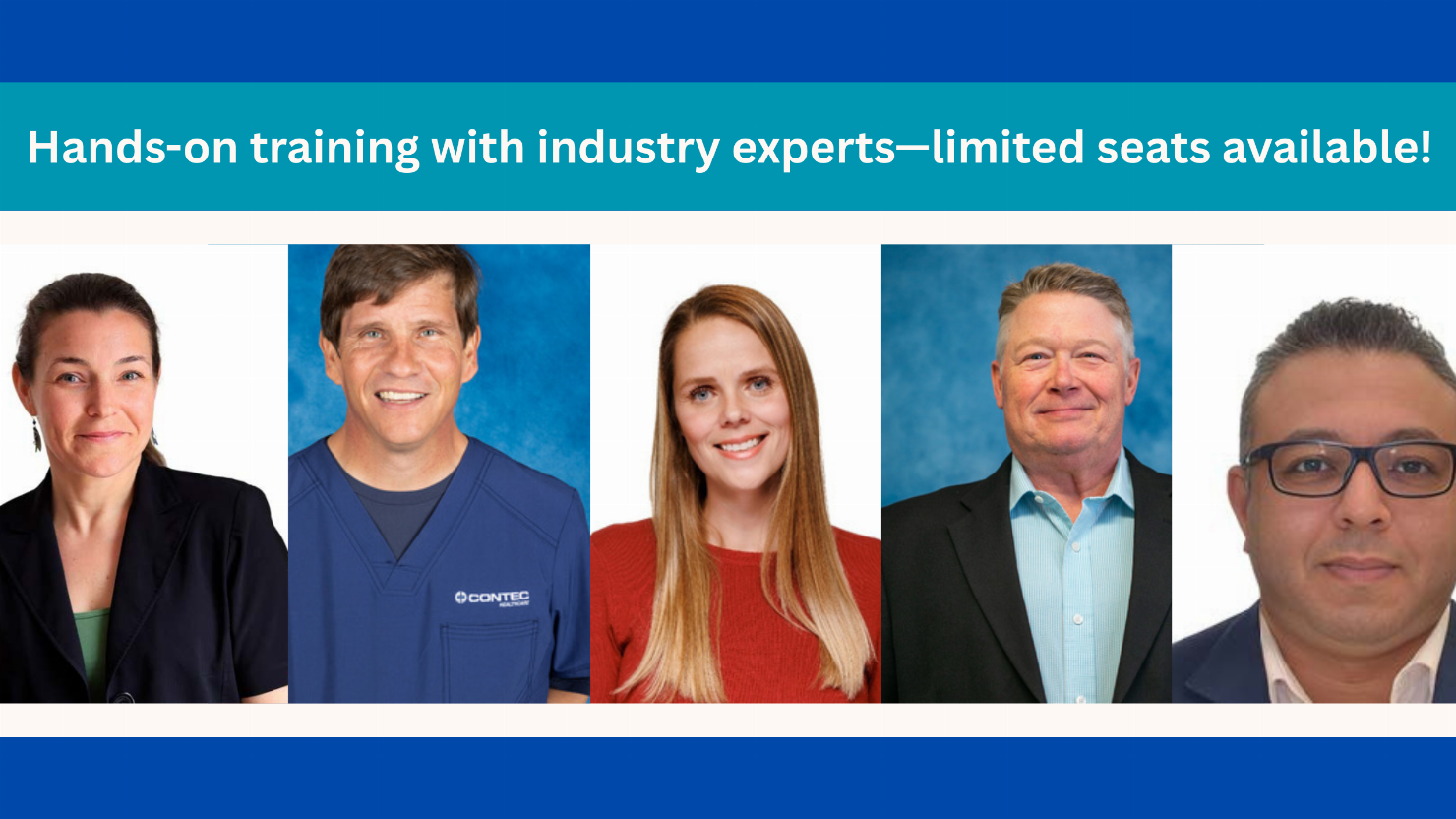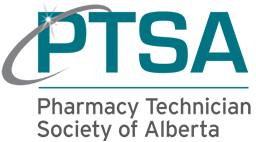Ensuring Safety and Compliance Workshop Session Objectives

Strategies to Reduce Unintended Exposure to Hazardous Drugs (HDs) (1 CEU)
Dr. Mark Wiencek – Lead Microbiologist / Contec Healthcare
Compounding and administration of hazardous drugs (HDs) such as chemotherapy agents create
potential risks for cross-contamination and occupational exposure. Many of the strategies utilized to
reduce and monitor microbial contamination in healthcare settings also can be applied to reduce the
risks of intended exposure to hazardous drugs. However, many questions remain regarding the
sources of contamination, effective strategies for decontamination, and appropriate responses when
drug residues are detected from wipe sampling.
This presentation will:
- Distinguish the potential and likely sources for contamination from HD residues.
- Discuss the chemical agents and processes for decontamination of HD residues from receipt through administration.
- Identify the sampling methods for HD residues and how the results can be interpreted.
Enhancing Safety in Hazardous Drug Pharmacy Compounding: Detecting and Mitigating Hazardous Drug Residues (1.5 CEU)
Melanie Dorey – Co-owner of Clinical Compounding Resources
The risks associated with hazardous drugs (HDs) are well-documented, with over 30 years of data
linking HD exposure to severe adverse events in healthcare workers. This session will explore
effective methods for detecting hazardous drug residues and implementing a targeted HD wipe
sampling plan. In addition, participants will learn how to assess results and adjust procedures to
minimize exposure risks.
Join Melanie Dorey R.Ph.T as she discusses real-world scenarios encountered in both sterile and
nonsterile HD handling. Melanie will share the latest strategies and best practices to equip pharmacy
professionals with the knowledge needed to protect themselves and their colleagues from HD
exposure.
Personnel Conduct in the Cleanroom (0.75 CEU)
Michael T. Myers – Clinical Support Manager, Contec Healthcare
According to the NAPRA Model Standards and USP 797, personnel must be initially trained and
qualified in their knowledge and competencies to ensure the maintenance of the quality of the sterile
compounding environment. Knowledge of the principles of movement of materials and personnel
within the compounding areas is one of the listed core competencies.
This presentation will review the science behind how worker behaviors may impact the sterile
compounding environment and present best practices that compounding operations may want to
integrate into their standard operation procedures, training, and competency.
Certification Readiness and PEC Decommissioning (1 CEU)
Aimee Kohler – Technical Sales Advisor, Con-Test & Ahmed Youssef – Technical Sales Advisor, Con-Test
This lecture will focus on preparing for the certification of facilities and equipment involved in the
compounding of sterile preparations, as outlined in Appendix 5 of the NAPRA Model Standards for
Pharmacy Compounding of Sterile Preparations. Designed for pharmacists, pharmacy technicians,
and regulators, the session will provide practical guidance on what to expect before, during, and
after a certification visit.
Topics include required documentation, physical environment readiness, expectations for staff involvement, and understanding the key tests and indicators certifiers use—such as airflow, HEPA filter integrity, and pressure differentials. By demystifying the certification process, this lecture aims to help attendees proactively prepare their compounding environments, ensure compliance, and foster effective collaboration with certifiers. Additionally, this lecture will include a concise overview of best practice considerations for decommissioning a PEC covered in the newly released CAG-005 with a focus on minimizing hazards during the process.
